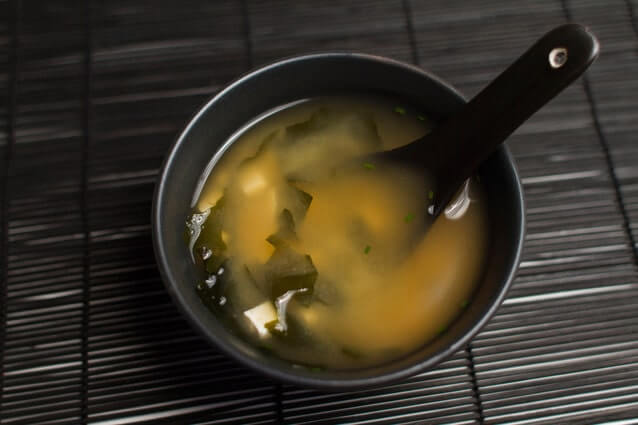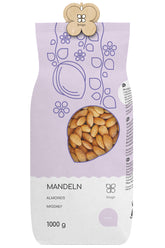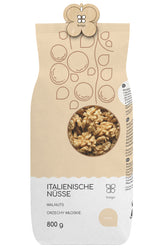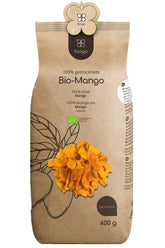Miso and its history - What is a traditional Japanese soup?
Miso soup has long since conquered various culinary corners of the world. Originating from the land of cherry blossoms, the soup is a daily accompaniment to meals in Japan, and is also a popular breakfast dish. It's a nutritious dish, extremely easy to prepare, and, above all, very healthy.
What is miso?
Miso is a thick paste made from fermented soybeans. The entire process is quite lengthy. The color of miso can vary (dark brown to light beige) depending on the ingredients used (e.g., rice or barley). The paste serves as a base not only for soups but also for many other Asian dishes. Worldwide, however, miso paste is primarily used in soups.
What is the history of miso soup?
The debate over its origins continues to this day, and the answer remains elusive. Two Far Eastern countries – China and Japan – compete for the title of inventor of the now-popular miso paste. On the one hand, ancient China is said to be the cradle of miso, while on the other, Japan is said to be the country where the unique recipe originated.
During the Asuka period, a specific code was introduced in which a word similar to modern-day miso was first recorded. In 701 (other sources give the dates 702 and 703), the Taiho Administrative Code was written, which included the word "mishou," which then became misho and then miso. Heian, the post-Asuka period, sheds a somewhat brighter light on this paste.
In the Engi-Shiki Codex, miso is described as a reward for high-ranking officials. As a valuable spice, miso had the status of something luxurious, accessible only to the elite. Historical records show that even before the Heian period, there were at least two shops selling this specialty. Miso was sold in the Hishio and Mishou shops in Kyoto. However, it was considered a luxury item.
The period immediately after Heian – Kamakura – saw a food revolution, in which miso soup played a key role. A monk from China arrived at a Japanese Zen temple with a mortar and pestle. With it, they ground the miso into a paste-like consistency that easily dissolved in water.
During the Kamakura period, miso soup began to play a fundamental role in the samurai diet, becoming popular and more accessible to ordinary people during the following Muromachi period. In the next period (Sengoku), the first miso factory was established, and in the Edo period, an entire industry developed based on this paste.
Miso and its properties
Miso contains many valuable elements. It contains valuable enzymes, lactic acid bacteria, and vitamins B, D, and K2. The paste also contains minerals, such as:
- Phosphorus,
- Calcium ,
- iron ,
Other important elements are linolenic acid and lecithin . Miso also contains amino acids and phenolic acids:
- ferulic,
- Coumarin,
- Koj,
- syringes .
THE PUBLISHER'S CHOICE
Almonds 1 kg BIOGO
- £11.00
£13.00- £11.00
- Unit price
- / per
Walnuts 800 g BIOGO
- £8.00
£10.00- £8.00
- Unit price
- / per
Dried organic mango 400 g BIOGO
- £10.00
- £10.00
- Unit price
- / per
Dried White Mulberries 500 g ORGANIC
- £6.00
£7.00- £6.00
- Unit price
- / per
Dried organic figs 800 g BIOGO
- £27.00
- £27.00
- Unit price
- / per
Unpeeled buckwheat groats 1 kg BIOGO
- £3.00
£3.00- £3.00
- Unit price
- / per
Organic coconut flakes 500 g BIOGO
- £9.00
- £9.00
- Unit price
- / per
Organic oat flakes 600 g BIOGO
- £4.00
- £4.00
- Unit price
- / per
Organic cashew nuts 1 kg BIOGO
- £18.00
- £18.00
- Unit price
- / per
Milk thistle seeds 1 kg BIOGO
- £4.00
- £4.00
- Unit price
- / per









































































































































